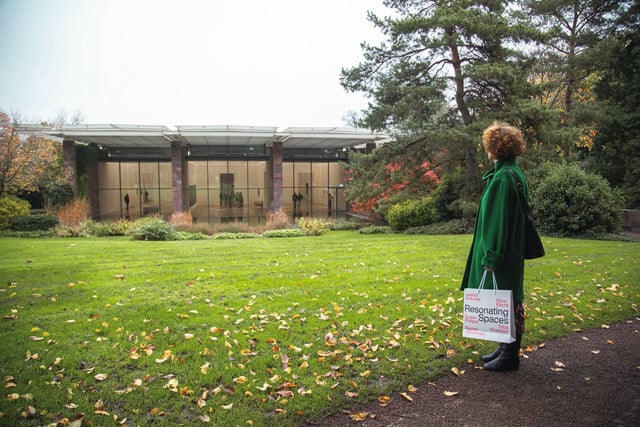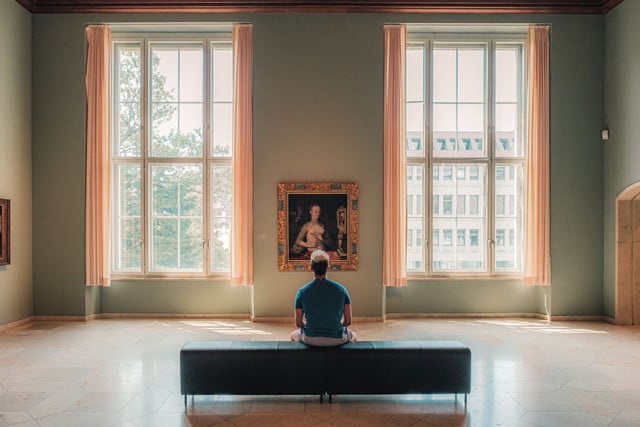Top 10 works of art in Basel
Le bassin aux nymphéas
Basel gallery owner and art collector Ernst Beyeler is said to have proclaimed that “This work alone deserves a museum!”. He loved this large-scale three-panel waterlilies painting by Claude Monet so much that he dedicated a museum to it. The waterlilies series are part of the artist’s famous late work and were the inspiration for what has become Switzerland’s favourite art museum, the Fondation Beyeler designed by architect Renzo Piano.
Seated harlequin
1967 went into the Basel history books as the year of Picasso. In that year, the passion of Basel’s citizens for art and culture came clearly to the fore when the two works Arlequin assis (Seated harlequin) and Les deux frères (The two brothers) were put up for sale. Thanks to the efforts of private individuals and the support of the public sector – including a government resolution and a referendum – the city succeeded in buying both paintings. Basel’s actions made such an impression on Pablo Picasso that he gave the city four more of his works.
Grosse Méta-Maxi-Maxi-Utopia
“I want to create something fun, something for children to climb and jump around on. I want it to be appealing, impressive, happy and crazy, like being at the fair,” is what Swiss artist Jean Tinguely is said to have proclaimed before he began work on this fascinating sculpture. The work of art at Museum Tinguely perfectly demonstrates the artist’s obsession with creating entire metamechanical worlds.
The Burghers of Calais
On 4 August 1347, barefoot and clothed only in shirts with ropes around their necks, six leading citizens of Calais, the Burghers, met with the English King Edward III and offered to die if he spared the people of Calais. This selfless gesture and the pleas of his Queen, Philippa of Hainault, are said to have saved the six men from execution. With this work, Auguste Rodin created a new type of memorial; he chose not to portray the Burghers as heroes on a pedestal, instead sculpting a picture of unconditional capitulation and sacrifice.
The extraordinary bronze sculpture is on display in the inner courtyard of Kunstmuseum Basel.
The Isle of the Dead
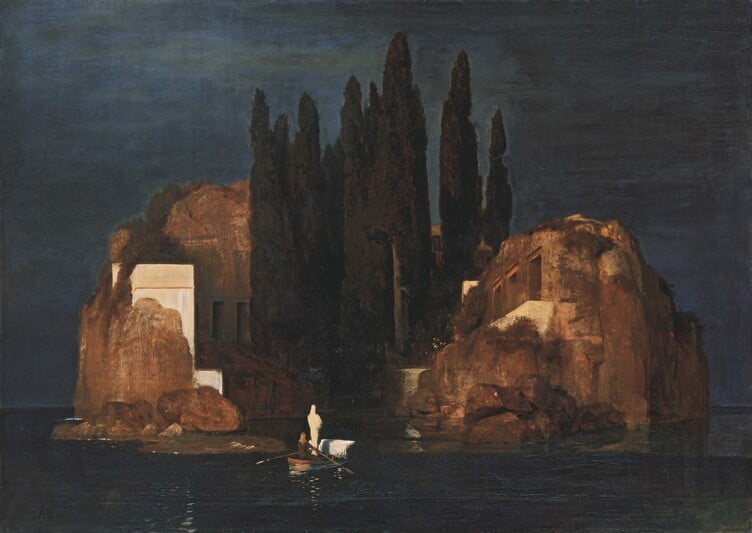
The Isle of the Dead, Arnold Böcklin, 1880, Kunstmuseum Basel
The Isle of the Dead by Arnold Böcklin creates a sombre mood so that the observer cannot help but shiver slightly. This first version (there are five worldwide) has a strongly mystical presence, accentuated by looming cypress trees against a dark sky. See this melancholic painting for yourself and experience firsthand the atmosphere of The Isle of the Dead.
The Hearth
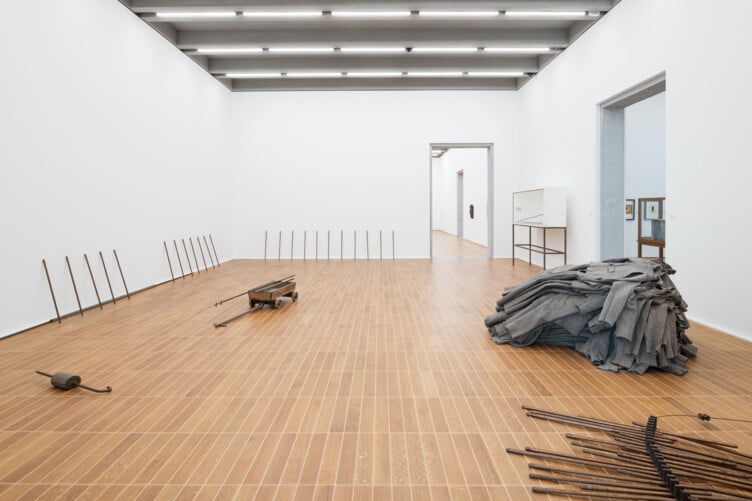
The Hearth (Feuerstätte II), Joseph Beuys, 1968–1974, Kunstmuseum Basel | Gegenwart, © Pro Litteris
The purchase of this installation in 1978 was such a scandal that it was chosen as a political subject to be represented at Basel’s Fasnacht carnival. Moreover it was a subject suggested by two young Basel architects named Jacques Herzog and Pierre de Meuron – who now enjoy worldwide renown. They worked together with the artist on the costumes and props to increase their creative potential.
Joseph Beuys is one of the most significant and yet most controversial artists of the 20th century. His significance and influence on art continue today. The key elements of The Hearth at the Kunstmuseum Basel | Gegenwart are six groups of copper and iron rods leaning against the walls, each object in dialogue with the others. The title The Hearth is intended as a metaphor for the giver of warmth, energy and life.
The Body of the Dead Christ in the Tomb

The Body of the Dead Christ in the Tomb, Hans Holbein the Younger, 1522, Kunstmuseum Basel
This is arguably one of the most impressive masterpieces in the Kunstmuseum Basel: the artist’s unflinchingly realistic depiction of the dead man’s wounds, his open mouth and the rigor mortis of the body remains unique in the history of art. The confrontation is immense and unprecedented; not only is the observer confronted with the sight of a rotting corpse, but also with the Son of God having died as a human being. The format of the work is also unusual as it depicts Jesus Christ close up and life sized, laid out in his tomb.
The painting was commissioned by Basel citizen Bonifacius Amerbach, whose substantial collection of art later formed the basis of the Basel Public Art Collection.
Self-portrait with a Japanese print
Self-portraits played an important role in Van Gogh’s work: artist’s models were expensive and hard to find, whereas your own face in a mirror was always available. Vincent van Gogh created over 30 self-portraits during his career as an artist. These portraits reflect the changes that Vincent van Gogh went through over time – giving particular insight into his state of mind.
This portrait is a particularly good example of his use of contrasts: the fiery orange of the beard contrasts with the blue of the jacket, while the red tones in the face find a counterpoint in the emerald green eyes that transfix the observer.
Ta matete
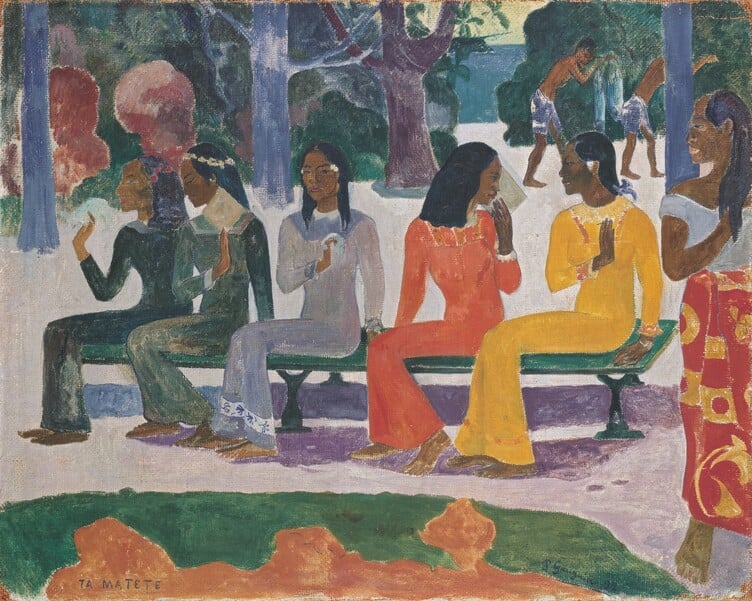
Ta matete, Paul Gauguin, 1892, Kunstmuseum Basel
Instead of the paradise Paul Gauguin expects on Tahiti, he finds a country destroyed by the effects of Colonialism, with alcoholism, opium addiction and prostitution all commonplace. Ta matete, the painting he created there, is one of Gauguin’s most significant works and portrays five women sitting on a bench wearing what were known as “mission dresses”. The scene is of a marketplace – Ta Matete means The Market – where the women are selling themselves.
Paul Gauguin, searching for a world unspoilt by European civilization, used a degree of artistic licence in the scene. For example he took inspiration from an Egyptian tomb painting for his portrayal of the five women, using a frontal view for their upper bodies but a profile view for their legs and heads.
Madame Cézanne à la chaise jaune
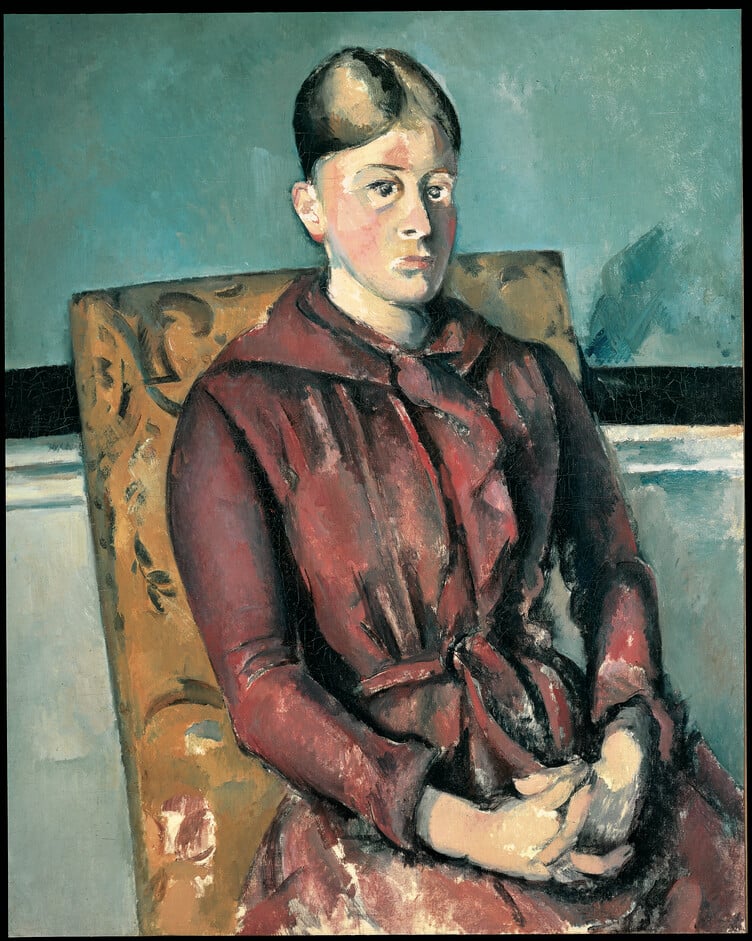
Madame Cézanne à la chaise jaune, Paul Cézanne, 1888–1890, Fondation Beyeler
The lady in the yellow chair is Hortense Fiquet, wife and lover of the French artist Paul Cézanne. Her stern expression and rigid pose are likely due to the fact that she never shared Cézanne’s passion for painting although she sat patiently as his model time and time again. Hortense must have been very much in love with Paul Cézanne – for he produced 26 paintings of her between the early 1870s and the early 1890s. One of these works is on display at Fondation Beyeler in Basel, where it has formed part of the museum’s collection since its opening in 1997.







